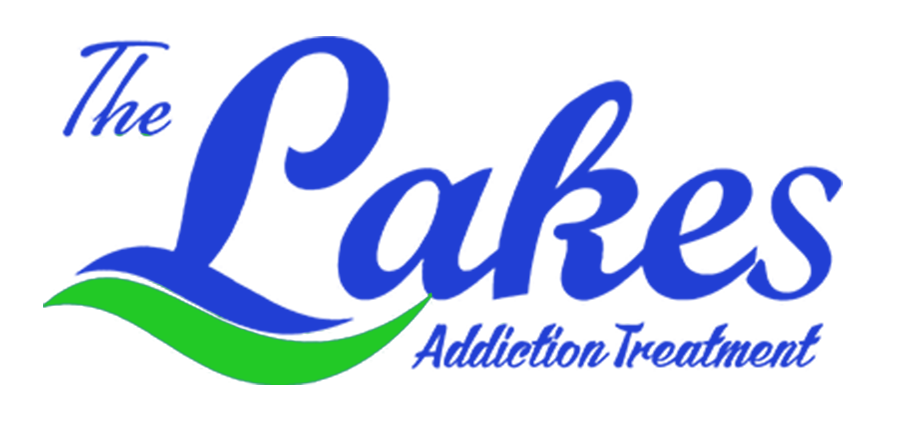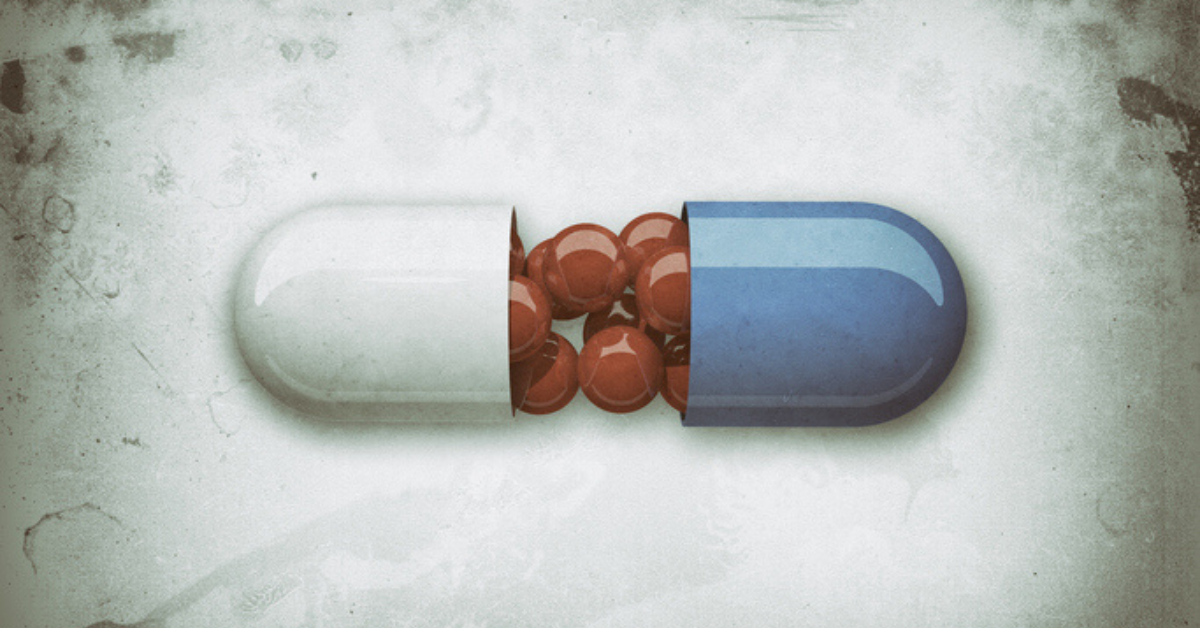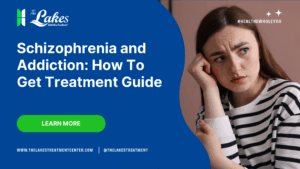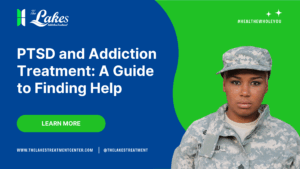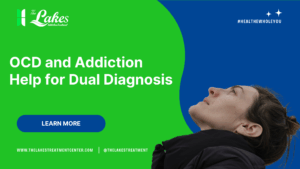Opium Facts in the US
Opioids, a term that often conjures images of both relief and concern, represent a diverse class of drugs renowned for their pain-relieving properties. This group encompasses natural opioids like morphine, derived from the opium poppy, as well as synthetic versions such as fentanyl, and semi-synthetic options like oxycodone.
Let’s take a look at some fast facts about opium in the United States, including what you can do to combat the epidemic.
Statistics on Opioid Misuse and Overdoses
The opioid epidemic, a crisis that has seeped into the fabric of communities across the nation, is more than a public health issue—it’s a stark reflection of the challenges within our healthcare and social systems.
- According to CDC data, over 80,400 people died from opioid overdoses in 2021, representing nearly 75% of all drug overdose deaths that year.
- The economic burden of prescription opioid misuse in the United States was estimated at $78.5 billion annually, including healthcare costs, lost productivity, and criminal justice expenses
- Approximately 2.5 million Americans currently have an opioid use disorder
- About 21-29% of patients prescribed opioids for chronic pain misuse them
- Between 8 and 12% of people using opioids for chronic pain develop an opioid use disorder
- Fentanyl is 50 times more potent than heroin and 100 times more potent than morphine, according to DEA data, making it a major contributor to overdose deaths
- Healthcare providers wrote 142 million opioid prescriptions in 2020
- Roughly 80% of people who use heroin first misused prescription opioids
- The rate of neonatal abstinence syndrome (NAS) due to opioid exposure during pregnancy increased by 82% nationally between 2010 and 2017
Current statistics paint a grim picture, with opioid addiction and overdose deaths rising at an alarming rate. This surge in misuse has not only devastated families but has also placed a tremendous strain on medical facilities and law enforcement.
What are Opioid Drugs?
Opioids are highly addictive narcotic drugs that quickly lead to addiction. There are also types of synthetic opioids, which are complex chemical compositions consisting of natural and man-made substances.
Each variant, while distinct in its origin and chemical structure, shares a common purpose: to alleviate pain and bring comfort to those in need. Yet, despite their therapeutic benefits, a shadow lingers over these substances due to their potential for misuse and addiction, making a thorough understanding of their nature and proper use essential.
Some of the most common types of opioid drugs include:
- Opium poppy seeds (derived from the poppy plant)
- Heroin
- Morphine
- Codeine
- Oxycodone
- Hydrocodone
- Fentanyl
So How Does Opium Production Keep Happening?
The production of opium begins with the opium poppy plant (Papaver somniferum). Farmers cultivate these poppies, and once the flower petals fall, they make shallow cuts in the seed pod. A milky latex seeps out and is collected as it dries into a dark, sticky resin – raw opium. This labor-intensive process typically occurs in regions with suitable climates and conditions, particularly in parts of Asia’s “Golden Triangle” (Myanmar, Laos, Thailand) and “Golden Crescent” (Afghanistan, Iran, Pakistan).
Raw, minimally processed opium can then be further refined into morphine base through a chemical process involving lime, ammonia, and other chemicals. This morphine base serves as the foundation for both legal pharmaceutical production and illegal drug manufacturing.
The raw or crude opium market operates on both legal and illegal fronts, significantly impacting global economics and healthcare.
- On the legal side, pharmaceutical companies purchase licensed opium crops to produce essential painkillers and other medications. This legitimate market is heavily regulated and monitored by international bodies.
- The illegal market, however, often dwarfs legal production and creates complex socioeconomic challenges. Illicit opium production can dominate local economies in growing regions, providing income for farmers who often have few other economic options. This illegal trade affects international relations, influences global drug policies, and drives opium wars worldwide.
Medical Applications for Opium and Opium Derivatives
In the realm of medicine, opioids serve as a cornerstone for pain relief, whether it’s the acute discomfort following surgery or the chronic agony of debilitating conditions. They are also integral to anesthesia protocols and palliative care, offering a semblance of normalcy to those grappling with life-limiting illnesses. Common prescriptions such as hydrocodone and codeine are just a few examples of opioids that, when used judiciously, can significantly improve a patient’s quality of life.
However, the line between use and misuse is fine, and healthcare providers and patients alike have the responsibility to tread it carefully.
How You Can Combat the Opioid Epidemic
In the face of this daunting epidemic, a multi-faceted approach has been mobilized to combat the rise of opioid misuse.
1. Know the Signs
Signs of opium consumption include:
- Constricted pupils (pinpoint), nodding off or drowsiness, slurred speech, slow breathing rate, and dry mouth
- Sudden mood swings, social withdrawal, decreased motivation, neglect of responsibilities, and erratic sleep patterns
- Track marks (if injected), burnt foil, missing medications, unexplained pill bottles, or drug paraphernalia
- Confusion, poor judgment, euphoric state alternating with lethargy, difficulty concentrating, and impaired coordination
- Unexplained financial problems, changes in friends/social groups, loss of interest in previously enjoyed activities, frequent unexplained absences, and poor hygiene
You should also take note of withdrawal symptoms:
- Early Stage (6-12 hours): Anxiety, agitation, excessive yawning, sweating, runny nose, and teary eyes
- Physical Discomfort: Severe muscle aches, bone pain, restless legs, chills alternating with sweating, and goosebumps (“cold turkey”)
- Gastrointestinal Issues: Nausea, vomiting, diarrhea, abdominal cramping, and loss of appetite
- Psychological Symptoms: Depression, irritability, intense cravings, difficulty concentrating, and severe mood swings
- Late Stage: Elevated blood pressure, rapid heartbeat, dilated pupils, insomnia, and in some cases, suicidal thoughts
2. Understand the Street Lingo
Keep an eye (and ear!) out for the following phrases:
- Midnight Oil
- Dream Gun
- Vikes (Vicodin)
- Percs (Percocet)
- Oxy (OxyContin)
- Chinese Molasses
3. Spread the Word
Public health initiatives have been launched to educate both prescribers and patients on the dangers of opioids, while policy changes aim to tighten the reins on prescription practices. Education programs, particularly those targeting young people, serve as a preventative measure by instilling an early understanding of the risks associated with opioid use.
3. Get Help From Experts
If you or someone you know is struggling with opioid misuse, be sure to contact addiction treatment experts to provide immediate support. You may require the support of a residential addiction facility, or prefer the comfort of an outpatient addiction program.
Contact Our Professionals at The Lakes Treatment Center for Help with Opioid Drugs
If you or someone you love is struggling with opioid addiction, know that help is within reach. At The Lakes Treatment Center, we understand the complexities of addiction and offer personalized care to guide you toward a healthier, opioid-free life.
Don’t let the weight of addiction hold you back. Your path to healing starts with a single step, and we’re here to walk alongside you every step of the way. Contact us today to get help, hope, and healing.
